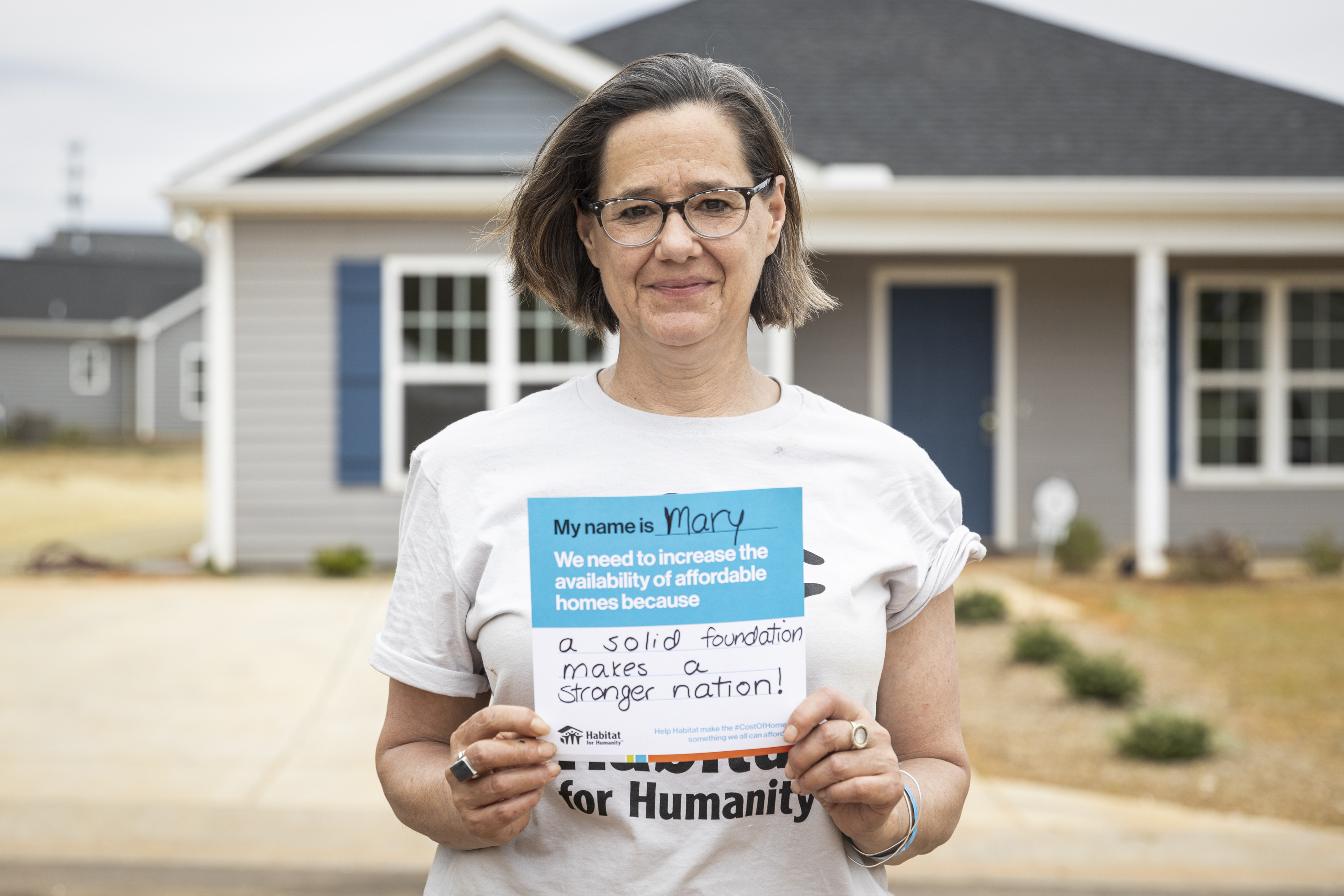
The pandemic recovery for this community has a much steeper climb than the rest of Raleigh and much of North Carolina.
Families across North Carolina have been experiencing the impacts of the COVID-19 pandemic, but not at the same rates. Southeast Raleigh is leading the state in COVID-19 cases, totaling over 7,500 cases in the 26710 zip code. This heightened rate of infection is connected to several factors and is worrisome for the long-term health and general well-being of families in the community.
The landscape in Southeast Raleigh
This area, stretching from east to southeast Raleigh and into part of Garner, has a large minority population. 64 percent of households are Black and 15 percent are Latinx. It is important to note that this area includes the Rochester Heights neighborhood, which was designated as an African-American community in 1957.
This predominantly Black area is more cost-burdened than its surrounding county, meaning that residents of the Southeast Raleigh community are more likely to spend over 30% of their income on housing. For example, 78% of households in the Rochester Heights neighborhood and surrounding area are burdened by the cost of housing, compared to 25% of families in Wake and Johnston counties.
Reasons for heightened COVID-19 cases
There are many factors that may be contributing to the disproportionate rates of COVID-19 cases in Southeast Raleigh. One of the main reasons is that this region has a high number of essential workers who are more prone to being exposed to the virus. Since these workers do not have the option to work from home, and low-income workers cannot afford to miss work for the 10-14 day quarantine period, Southeast Raleigh will likely lead COVID-19 cases for the foreseeable future.

This region already faces a lower life expectancy; people born in Southeast Raleigh have a life expectancy of 12 years lower than those born just 18 miles away. COVID-19 has impacted health and well-being in the short and long-term. Life expectancies across the country have sharply declined, and the gap between Black and white life expectancy has grown. This growing disparity is very concerning for the long-term health of Southeast Raleigh inhabitants.
What now?
It is critical that attention and action are brought to alleviate the disparities that families in the Southeast Raleigh community face, amidst the pandemic and beyond. General protection from COVID-19, such as access to free testing, vaccinations, and first aid, should be increasingly offered in the area to slow down the spread of COVID-19.

There are additional funds becoming available to the City of Raleigh from the most recent federal COVID-19 relief package, including support for rental and mortgage payments. Given the high population of cost-burdened families and essential workers, we hope that families in the Southeast Raleigh community will receive some of this much-needed support very soon. In the longer term, local- and state-level decision makers must propose creative solutions to address the strained infrastructure in this area to ensure that everybody has a safe and affordable place to live and recover from the long-term impact of the pandemic.